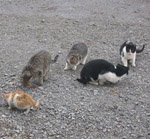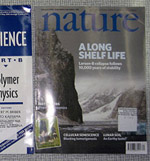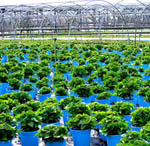Comparing created vs. natural wetlands in carbon sequestration
 Restoration,
Restoration,  Wetland
Wetland A new study by researchers at Ohio State University compares created versus natural wetlands in terms of soil characteristics. Using a model, the researchers predict that it would take the created wetlands 300 years to accumulate the soil organic carbon of natural wetlands...
Protecting the evolutionary diversity of life
 Evolutionary Bio,
Evolutionary Bio,  Planning
Planning In a world in which numerous species are declining towards extinction, conservationists are forced to make the difficult choice of where to spend limited resources. Some scientists are taking an interesting approach to prioritization by focusing on the evolutionary distinctiveness of species - i.e. the extent to which a given species is lacking in close relatives. Their approach is based on the idea that maintaining evolutionary diversity should be an important objective...
Estimating how many people are breaking the rules in a protected area
 Protected Areas
Protected Areas Successful conservation work is largely about getting people to follow the rules. A new study tests an innovative survey methodology to help resource managers figure out how many people are breaking the rules. This is actually a much tougher question to figure out than one might think...








